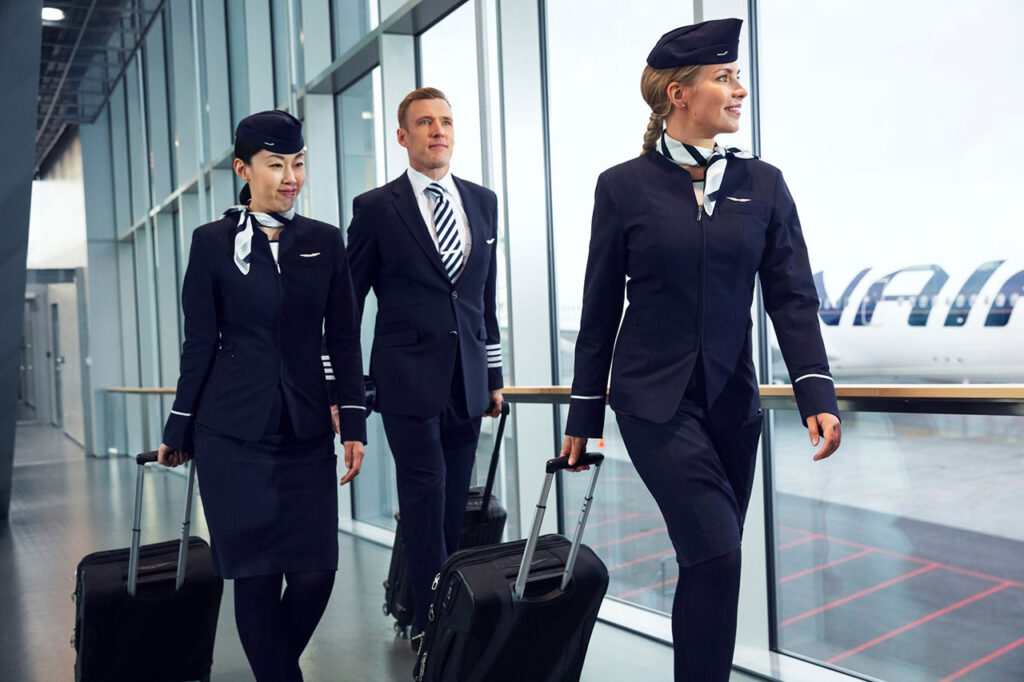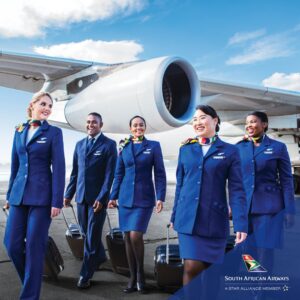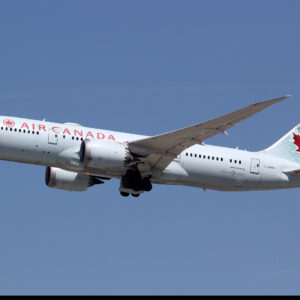Discover the Reality of Flight Crew Layovers
When an airliner touches down, passengers disembark and return to their daily lives, but what happens to the flight crew? The media often present flight crew layovers as a time for adventure and excitements, but in reality, the crew members are often exhausted and in need of rest. After finishing a flight, especially one across multiple time zones, the crew begins their “rest” period, which can range from 8 hours to a few days depending on the airline.
Video: Overnight Layovers
For the flight crew, their first priority when arriving in a new city is getting enough sleep to combat jetlag or prepare for the next departure. For example, a typical layover for a flight from the East Coast to Europe has the crew arriving in the early morning and leaving the next morning, which leaves little time for rest. Crew members may only have a few hours of sleep before they have to get up and explore the city before their next flight.
Layovers in cities like Barcelona or Naples can be a great opportunity for sightseeing and dining. However, the constant traveling across time zones can take a toll on the crew’s well-being. A typical schedule may involve crossing into different time zones 24-40 times in a 7-10 day period. It can confuse the body’s natural rhythm and make it difficult to know when to sleep, eat, or exercise.
Video: Emirates Cabin Crew – Layovers and Turnarounds Secrets
Can cabin crew choose their flights? In this video we’ll look into the Emirates Bidding System, how competitive are certain Emirates Layovers and what tricks you can use to get what you bid for every month!
Another factor that can impact a crew member’s layover is the personalities of their fellow crew members. Some may prefer to go out and explore the city, while others, referred to as “slam-clickers”, may prefer to stay in their hotel room. However, most crew members will often go out for dinner and engage in some sort of activity during the day or night such as shopping, sightseeing or going to the gym.
Many crew members also use their downtime to run small businesses or study for upcoming check rides. Despite these opportunities, the constant traveling and lack of proper rest can make it difficult for crew members to fully enjoy their layovers.
The media often portrays layovers for flight crews as exciting opportunities for adventure, but the reality is often less glamorous. Flight crews are often fatigued and in need of rest. The constant travel across time zones can negatively impact their well-being. Keep this in mind the next time you encounter a flight crew, as they have likely just finished a long flight and are using their layover to recover before their next flight.
Frequently Asked Questions (FAQ)
1. Do Cabin Crew get paid for layover?
Yes, cabin crew members typically get paid for layovers. The specifics can vary depending on the airline’s policy, but generally, crew members receive a per diem for meals and incidentals while on layover. This is in addition to accommodations that are usually provided by the airline.
2. How long is Cabin Crew layover?
The length of a cabin crew layover can vary greatly depending on the flight schedule and airline regulations. Layovers can range from a few hours to several days. However, there are regulations in place to ensure crew members have adequate rest between flights. For international flights, layovers are often longer, sometimes up to 72 hours.
3. Where do Flight Attendants stay during layovers?
During layovers, flight attendants typically stay in hotels that are arranged and paid for by the airline. These hotels are usually near the airport and provide the necessary amenities for rest and relaxation. The quality and standard of the hotels can vary depending on the airline.
4. Do easyJet Cabin Crew get layovers?
EasyJet, being a budget airline, primarily operates short-haul flights. Therefore, the cabin crew typically return to their base at the end of their shift, and overnight layovers are less common compared to long-haul airlines. However, there may be exceptions depending on the specific flight schedules and routes. It’s best to check with EasyJet or a current employee for the most accurate information.







